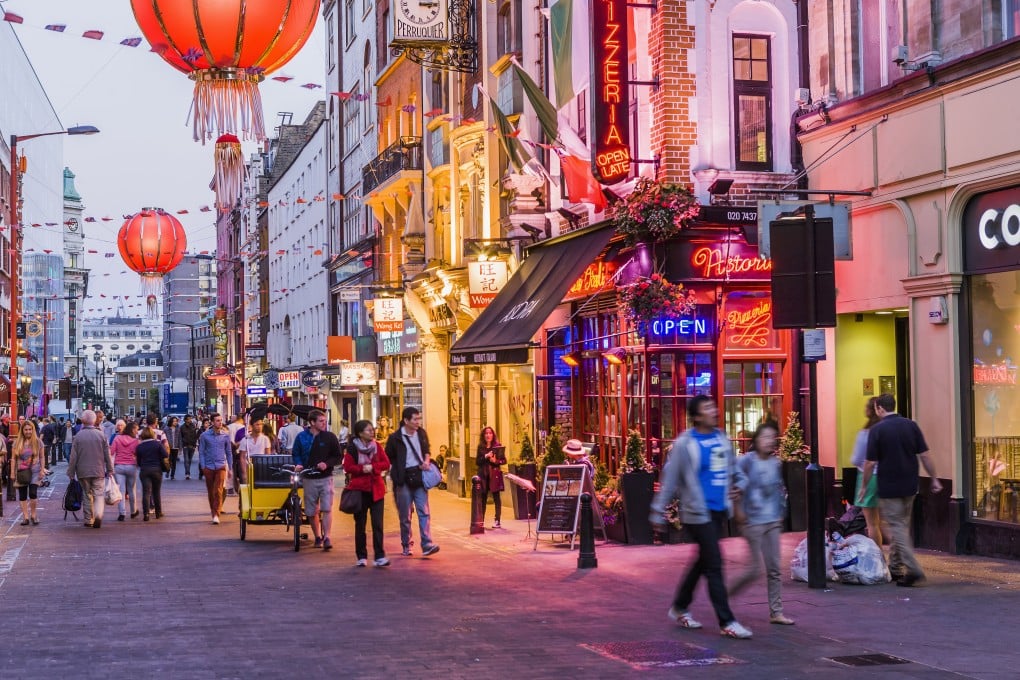How Chinatown restaurants and food are evolving and redefining their place in the world
- From London to Singapore to Canada, Chinatown restaurants are offering a wider variety of Chinese food while also catering more to younger generations

Take a walk down Gerrard Street in London’s Chinatown today and it looks, at first glance, as it did in decades past. The pagoda-topped gates still mark the entrance to the street, and red lanterns, the symbol of Chinatowns everywhere, criss-cross above, draped from second-storey shopfronts.
But looking closer, most of the Cantonese-style restaurants that used to line both sides of the street have disappeared. Taking the place of long-standing tenants are restaurants serving dishes from Sichuan or Beijing, even South Korea or Japan.
Among Chinatown’s few remaining family-run dim sum restaurants are shops selling Taiwanese bubble tea, Japanese matcha ice cream and Instagram-friendly bubble-wrap waffles.
Traditionally, Cantonese-style restaurants have long dominated London’s Chinatown – and, indeed, Chinatowns around the world. In the 1950s and ’60s, tens of thousands of Chinese immigrated to Britain, predominantly as agricultural labourers from Hong Kong, particularly from villages in the New Territories, but also from Guangdong province via Hong Kong.
London’s Chinatown was originally in the East End, with Chinese employees settling in Limehouse since the 18th century. But the new wave of immigrants settled in Soho, which was known for its cheap rents.
They brought their cuisine with them, and set up their own restaurants, often tweaking their dishes for local ingredients and tastes.
